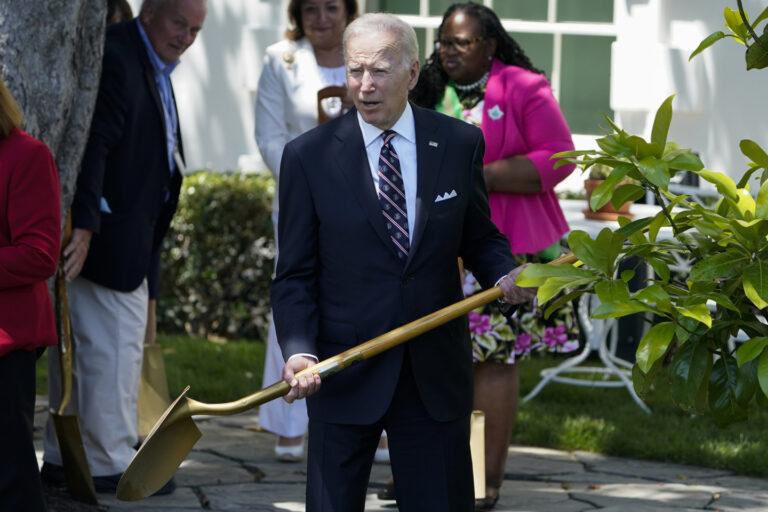Have you ever thought about how cryptocurrency traffic shifts to newer projects, despite there being older, popular projects? In your opinion, what is the difference between successful projects and those that never see the light of day? In the quest for digital attention, most new startups have been exploiting every possible traffic source, from Google Ads to novel crypto advertisement networks and even influencer marketing with crypto “thought leaders.” Regardless of all these, most of these companies often claim zero wallet connects, no KYCs done, and highly disheartening outcomes.
Without a robust strategy, it is clear that purchasing crypto traffic leads to garages with no filler materials. In this article, you will learn advanced crypto traffic advertisement techniques and how to craft a robust crypto marketing strategy that captures attention, maximizes revenue, and encourages sustainable growth. Key Takeaways Crypto projects must prioritize authentic engagement over high-traffic numbers to ensure real user conversions.
Community-driven traffic outperforms paid ads, with brands seeing 3x better results from platforms like Telegram and Discord. Over-reliance on programmatic ads is risky, as performance can swing by 300% within a week. Smarter attribution models, such as position-based and time-decay tracking, improve media efficiency by 31% and help identify valuable traffic sources.
The Future of Crypto Marketing & Advertisement The future of crypto marketing and advertising is precision and authenticity. Crypto traffic advertisement will sooner or later move away from one-size-fits-all campaigns and towards strategies targeting a highly engaged and quality audience. The correct perspective would be to spend less on generic ads displayed on usual websites while concentrating on shaping messages for niche communities on platforms where crypto-focused people gather.
Why Cryptocurrency Traffic Matters in 2025 It is not about how large your cryptocurrency marketing budgets are, but how effectively you plan to implement your cryptocurrency traffic monetization plan. Recently, we heard one of our clients lament that vanity metrics are a trap. “Can you believe we spent over $38,000 in crypto traffic exchange, and crypto advertisement campaigns to gain impressions, only to learn there was no crypto traffic market engagement?
We had less than 50 engaged users from millions of impressions.” In Q1 2025, crypto advertising spending rose to a jaw-dropping $4.3 billion, an astonishing increase of 67%! However, many crypto projects are still struggling to consistently convert engagement promises from all that ad spending into engagement from real users. The reason behind this is simple; Fake clicks and engagement from bots No perceived value as users use quality attention currency for even more hyper-relevant offers.
Inconsistent messaging, as their funnels do not correlate with their landing page. In such a marketing environment, achieving your cryptocurrency traffic objectives becomes impossible. What then is the solution?
Leveraging Emerging Trends in Cryptocurrency Traffic Sources: Programmatic vs Native vs Community We have learned that the new normal is “what works today may not work tomorrow”. For instance, programmatic (automated digital ads), which everyone kept clamouring for, is now a 50-50 gamble. Some projects see traffic increase 300% in one week, while others experience sudden drops.
What about Native advertising (ads placed naturally within content)? Yes, it may be more reliable, but have you seen the prices? The price of native ads across crypto-friendly sites has increased from 45% to 120%.
The big surprise is that previously undervalued Community-driven traffic is quietly becoming the best strategy in 2025. Brands that tap into online communities, such as social media groups or decentralized platforms, see 3x better results than paid ads. Companies now build stronger, active user bases by engaging directly with people who care about crypto instead of just collecting clicks.
Understanding Cryptocurrency Traffic Cryptocurrency traffic concerns all online visitors and users, and engagement with various projects, exchanges, and blockchain services. Every domain related to people seeking information about crypto tokens, trading on exchanges, reading crypto news, entering communities, and clicking advertisements related to digital assets stands as an example. Crypto traffic types include: Organic traffic, Paid traffic, Referral traffic, and Community traffic.
Strategic Crypto Traffic Monetization: Winning in the 2025 Market The quest for acquiring cryptocurrency traffic has gone beyond being a mere marketing strategy to becoming an asset. Crypto traffic monetization is key in helping blockchain projects attract investors, users, and customers. High-quality traffic leads to better conversions and ROI, while low-quality or bot-driven traffic results in wasted crypto advertisement spend.
Real Users vs. Fake Crypto Traffic: The Truth About Crypto Engagement The biggest challenge in crypto traffic monetization is fake traffic. It includes bot-driven clicks, automated impressions, and engagement farming that inflate numbers without bringing in real users.
Many crypto projects have fallen into this trap, believing high impression numbers were equal to success. Now, there is a widespread realization that fake traffic doesn’t convert into active investors or engaged users. Everyone can now see that authenticity is essential to the success of crypto traffic exchanges.
Real users actively contribute to community growth, increase liquidity, and drive sustainable adoption. If you want to ensure genuine and Authentic Crypto Traffic, then you should consider the following; Use Verified Ad Networks and avoid shady platforms that promise cheap traffic but deliver bots. Engage in Community-Driven Growth, including authentic Telegram, Discord, and Twitter (X) conversations that build trust.
Leverage Crypto Influencers Wisely by choosing influencers with real, engaged audiences instead of artificially inflated followings. Track Performance Beyond Clicks by focusing on wallet connections, KYC completions, and active participation, not just high impressions. Now you’ve got real traffic….. What’s next?
Crypto Traffic Monetization Frameworks and Strategy While everyone mostly blames their marketing misfortunes on fake traffic, that’s not always true. Most crypto projects lose valuable traffic because they don’t guide users correctly or track engagement effectively. Projects leveraging structured acquisition frameworks for traffic are seeing better retention.
This is because cryptocurrency traffic should be tracked, managed, and improved. It should be treated like an asset, not a mere commodity to be purchased. Here are two quick examples: Total Funnel Flop A new DeFi platform spent millions on ads, driving huge traffic to its site from different places.
However, it only focused on last-click attribution, ignoring earlier user interactions. As a result, only 5% of visitors signed up, and they kept wasting their budget since they couldn’t track user interaction. Now, flip the script.
Another crew gets wise and shakes up their strategy, targeting the right audience and using position-based attribution (40% first click, 20% mid-journey, 40% final action). The latter saw an increase in conversion and sign-ups by monitoring what worked. They revealed that community-driven discussions drove more conversions than paid ads.
They redirected funds to engaged crypto communities, boosting sign-ups by 31%. Last-click attribution is a marketing model where 100% of the credit for a conversion (like a purchase or sign-up) goes to the last interaction before the user takes action. For example, if a customer clicks on a crypto ad, browses the website, leaves, then later returns via a Google search and signs up, only the final Google search gets counted as the reason for the conversion, ignoring the earlier interactions that played a role.
The problem with the last attribution model is that it overlooks the full customer journey, making it hard to know which touchpoints influenced engagement. Hence, crypto traffic service providers need to rely on smarter models, like position-based attribution (40/20/40) or time-decay, to help them understand how users gradually decide to convert instead of focusing on just one step. Look at it this way.
You own a store and want to know what brings customers in. If you count the last step before they buy something, like seeing a sign outside, you might think that’s the only reason they came in. But in reality, they may have first clicked on your website (40%), read an online review (20%), and finally saw your store sign and walked in (40%).
The old method (last-click attribution) only counted the final step, ignoring everything that led up to it. These different marketing styles caused many crypto projects to waste money, thinking their ads worked when they didn’t. Conclusion As an effective crypto marketing services provider, you must ensure your crypto marketing strategy goes beyond focusing on generating endless cryptocurrency traffic and impressions.
You must see that generated traffic is managed, nurtured, and converted precisely. Hence, you want to do more than just “buy crypto traffic.” Now you know better, will you execute the priceless knowledge you earned, or will you continue wasting crypto traffic advertisement cash on your old-fashioned strategy? The choice is yours.
FAQS What is the biggest challenge in crypto traffic monetization? The challenge almost all crypto companies have faced is fake traffic. Bot-driven clicks and automated impressions inflate numbers but don’t bring real users.
How can crypto projects ensure high-quality traffic that converts? You ensure high-quality traffic by using verified ad networks, focusing on community-driven growth, working with real influencers, tracking performance beyond clicks, prioritising wallet connections, KYC completions, and user retention. Are there warning signs that a campaign is failing before money is lost?
Yes, a failing crypto campaign gets lots of clicks but few sign-ups, users leave quickly, and hardly anyone returns. If influencers bring attention but no real engagement, and tracking only counts the last click, it’s time to focus on real users, better targeting, and smarter traffic monetization.

































































































